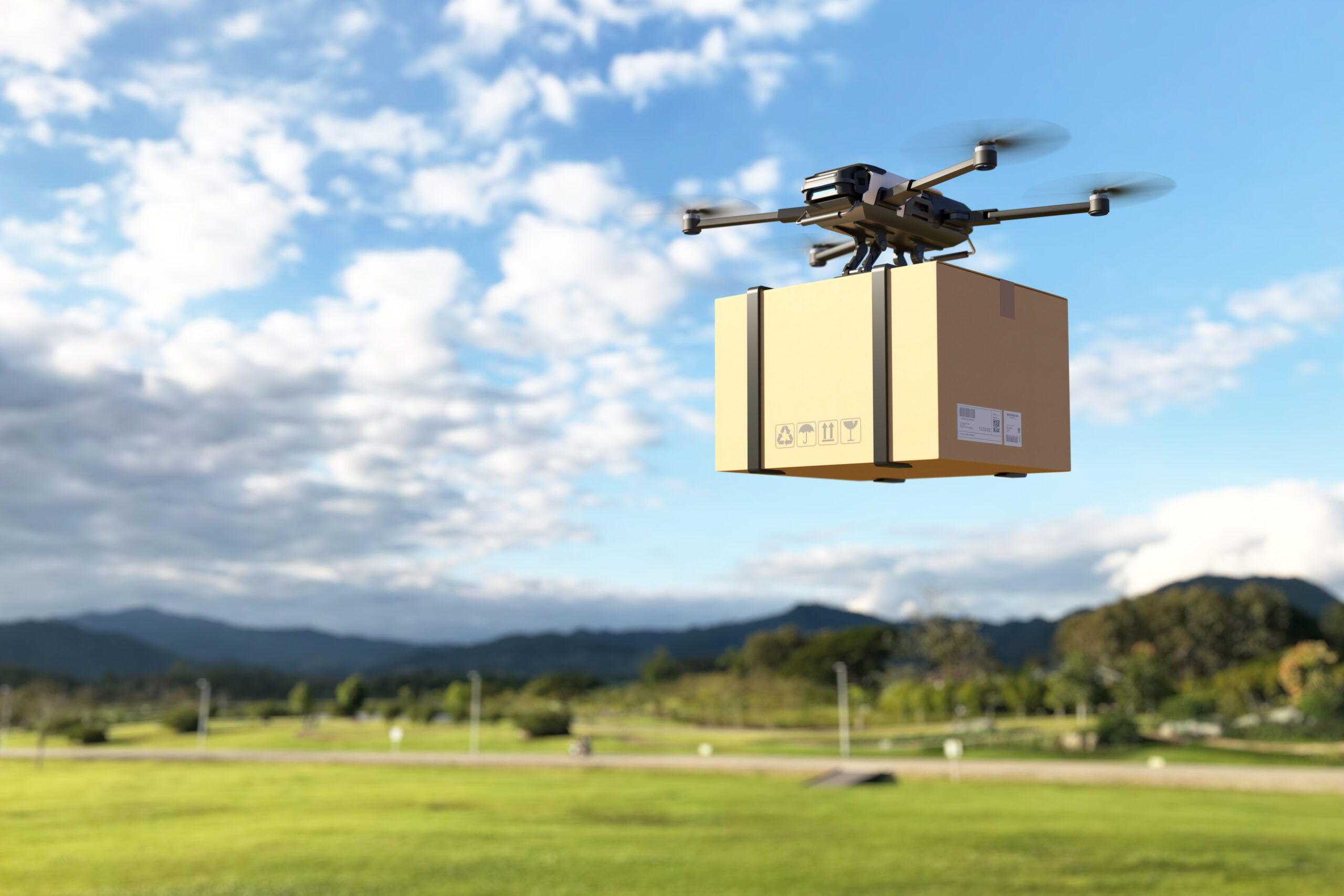According to the World Health Organisation, more than two billion people lack adequate access to vital medical supplies. That’s almost one third of the world’s population.
So what does this have to do with drones?
For those who missed the memo, drone is another name for an unmanned aerial vehicle (UAV) that is operated either manually by remote control or autonomously by on-board computers. Drones were originally developed for military applications, but have surged in use for recreation, photography, security, agriculture and a variety of other fields.
Now, drone technology is becoming the next big thing in the world of medical care and humanitarian aid.
The problem
One of the core issues behind lack of access to medical supplies—which is drastically more prevalent in areas of poverty—is a combination of poor infrastructure and difficult terrain.
For example, it’s reported that 85% of roads in sub-Saharan Africa become inaccessible or unusable during the wet season. These areas become much harder to access for the delivery of urgent medical supplies, creating a significant humanitarian concern.
Bridging the gap
Andreas Raptopoulos, founder and CEO of Matternet, gave a Ted Talk in 2013on how drones can be used to efficiently ferry critical supplies to locations that are remote, difficult to reach or completely inaccessible by traditional methods.
Since then, Matternet has been working with UNICEF, governments and other international bodies alike to develop innovative models for the use of drones in humanitarian applications. From dropping off HIV testing kits to picking up blood samples for lab testing, the concept relies on networks of drones and depots to transport medical supplies to more areas in less time.
Zipline International is a robotics company that has used a similar model to provide a medical UAV service in Rwanda, one of the world’s poorest countries and one that is known for highly problematic terrain. Zipline uses a fleet of small, robotic airplanes to safely airdrop supplies to any location as guided by pinpoint GPS navigation.
Disaster relief and other applications
Given the benefits of the drones in areas of tricky terrain, the technology is now being tested for the purpose disaster relief. Areas damaged by floods, storms, earthquakes and other natural events can lose valuable infrastructure and lose access to crucial humanitarian aid as a result.
Projects like Google Wing have been looking at how drones can quickly and safely meet the urgent needs of areas affected by disasters, with hopes for widespread utilisation of the technology in the near future.
Alec Momont from the Delft University of Technology in the Netherlands took a different approach to the concept, designing a prototype of a drone that delivers automated defibrillators in an emergency.
The prototype aims to reach the scene faster than paramedics and deliver medical care to the patient within the crucial first few minutes of a cardiac arrest. It’s even equipped with a video camera, display, two-way radio and clear instructions on use of the defibrillator.
The roadblocks
Research, testing and development is still being undertaken to refine models of drone delivery for medical supplies and equipment.
Legislation is one thing that hinders the use of drones, as many countries have banned or restricted the technology based on safety, security and other concerns. These laws are implemented to protect buildings and keep the skies safe, so ongoing reform may be required in some countries to allow for full implementation of drones.
The drones themselves, while incredibly advantageous in terms of access and automation, are also limited in certain aspects of design.
Models used for delivery of medical supplies are operated by battery and typically only able to travel over modest distances in a short timeframe. While cooperative networks can be used to deliver goods using a ‘chain’ of linked drone routes, further development is needed to overcome the complexity of this method. On top of that, current models can only carry around 1-2kg: enough for some vital supplies, but somewhat limited in scope.
Ultimately, drones have already been demonstrated to possess great potential when it comes to delivery of medical supplies. At the current rate of research and development, the technology will quickly overcome the present limitations and could soon become a viable answer to what is a significant problem.

